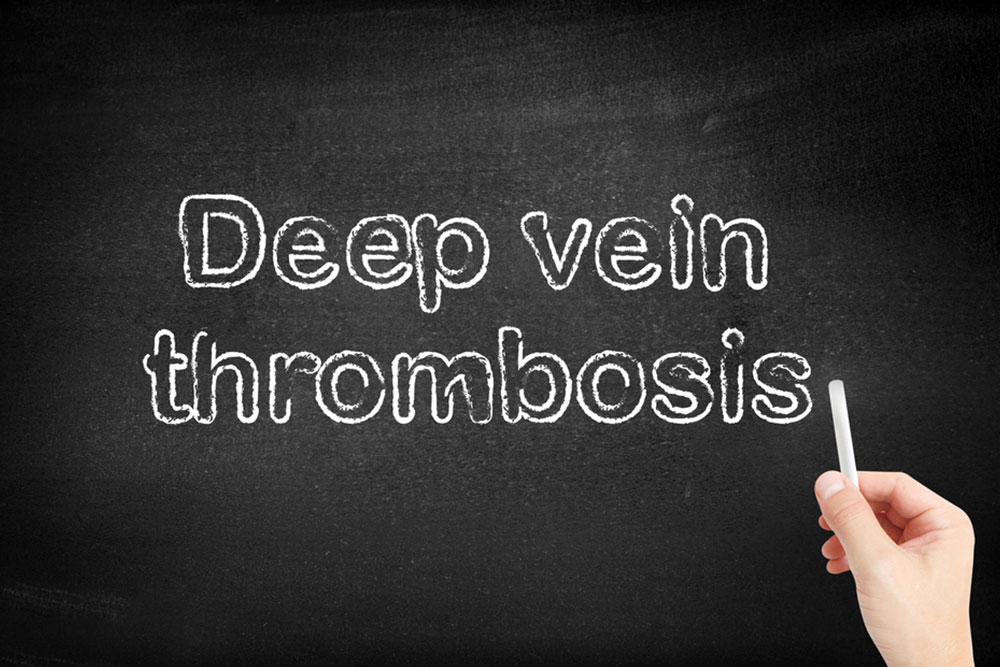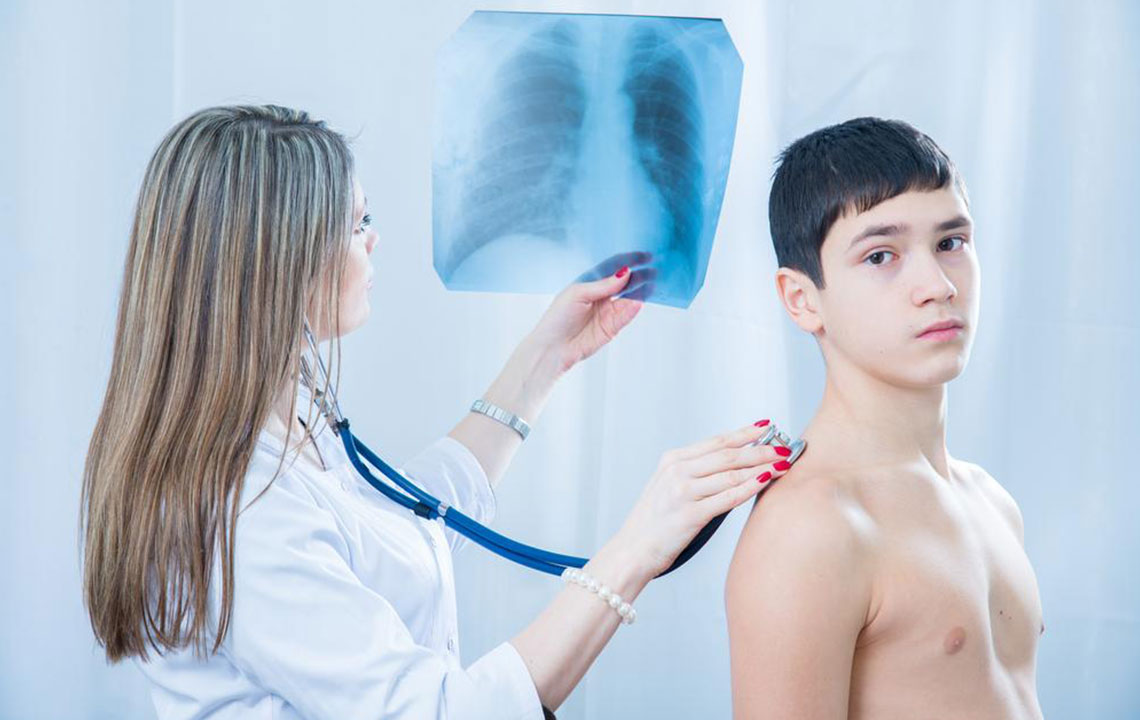Comprehensive Guide to Deep Vein Thrombosis: Causes, Recognizing Symptoms, and Effective Treatments
This comprehensive guide on deep vein thrombosis (DVT) covers causes, symptoms, diagnosis, treatment, and prevention strategies. It emphasizes the importance of early detection and medical intervention to avoid severe complications such as pulmonary embolism. The article aims to educate individuals about risks and encourages proactive health monitoring to manage and prevent DVT effectively.

Comprehensive Guide to Deep Vein Thrombosis: Causes, Recognizing Symptoms, and Effective Treatments
Deep vein thrombosis (DVT) is a serious medical condition characterized by the formation of blood clots within the deep veins, most commonly in the legs. This condition can pose significant health risks if not diagnosed and managed promptly, making awareness and understanding essential for prevention and treatment. In this detailed guide, we will explore the various causes that lead to DVT, the key symptoms to watch for, available treatment options, and strategies for preventing this potentially life-threatening condition.
Understanding Deep Vein Thrombosis
Deep vein thrombosis occurs when a blood clot, also known as a thrombus, develops in a deep vein, obstructing normal blood flow. The majority of DVT cases involve veins in the legs, particularly in the calf or thigh region. A clot can sometimes dislodge and travel through the bloodstream, reaching vital organs like the lungs, resulting in a pulmonary embolism (PE), which can be fatal if not treated promptly. Recognizing the risk factors and symptoms of DVT is critical to prevent serious complications.
Common Causes and Risk Factors for DVT
Prolonged Immobility: Extended periods of inactivity, such as long flights, bed rest after surgery, or immobilization due to injury, can lead to blood pooling in the veins, increasing the risk of clot formation.
Surgery and Trauma: Surgical procedures, especially orthopedic surgeries like hip or knee replacements, significantly elevate DVT risk because of tissue injury and reduced mobility post-surgery.
Age: The risk increases with age, particularly after age 40, due to changes in blood composition and vessel elasticity.
Pregnancy: Pregnancy induces hormonal changes that make blood more prone to clotting, coupled with increased pressure on pelvic veins.
Genetic and Hereditary Factors: Inherited blood clotting disorders, such as Factor V Leiden mutation or prothrombin gene mutation, predispose individuals to thrombosis.
Medical Conditions: Conditions like cancer, heart failure, or inflammatory diseases can increase the likelihood of developing DVT due to hypercoagulability.
Medications: Certain hormone therapies, including birth control pills and hormone replacement therapy, are associated with increased clot risk.
Lifestyle Factors: Obesity, smoking, and sedentary lifestyle habits contribute to heightened risk by affecting vascular health and blood flow.
Recognizing Symptoms and Signs of DVT
Symptoms of deep vein thrombosis can vary depending on the size and location of the clot. However, common signs include:
Swelling: Noticeable swelling in one leg or arm, often localized around the affected vein.
Pain or Tenderness: Discomfort that may feel like cramping or soreness, especially when standing or walking.
Warmth and Redness: The skin over the affected area might become warm to the touch and exhibit redness.
Discoloration: Skin may appear bluish or pale if blood flow is severely obstructed.
Symptoms in Others: Occasionally, DVT may be asymptomatic, especially in early stages, but vigilance is crucial for high-risk individuals.
Potential Complications of Untreated DVT
If not diagnosed and treated promptly, DVT can lead to serious complications, including:
Pulmonary Embolism (PE): A dislodged clot can travel through the bloodstream into the lungs, blocking pulmonary arteries. Symptoms of PE include sudden shortness of breath, chest pain, rapid heartbeat, and coughing up blood. PE can be life-threatening and requires immediate medical attention.
Post-Thrombotic Syndrome: Long-term complications such as chronic pain, swelling, and skin changes in the affected limb, stemming from vein damage.
Recurrent Thrombosis: Once someone experiences DVT, they are at increased risk for future episodes, emphasizing the importance of proper management and prevention.
Diagnosing DVT
Early diagnosis is vital for effective treatment. Medical professionals use a combination of methods to confirm DVT, including:
D-dimer Blood Test: Measures a substance released during clot breakdown; elevated levels suggest the presence of an abnormal clot.
Ultrasound Imaging: The most common and non-invasive diagnostic tool that visualizes blood flow and detects clots in veins.
Venography: An invasive X-ray procedure involving dye injection to highlight vein blockages, used in ambiguous cases.
Other Imaging Techniques: MRI and CT scans may be used in certain situations for detailed visualization of veins and surrounding tissues.
Effective Treatment Strategies for DVT
Once diagnosed, prompt treatment aims to prevent clot growth, reduce the risk of PE, and minimize long-term complications. Treatment options include:
Anticoagulant Medications: Blood thinners such as Warfarin, Heparin, or newer agents like Rivaroxaban and Apixaban are commonly prescribed to prevent clot expansion and new clot formation. These medications require careful monitoring and adherence.
Thrombolytic Therapy: In severe cases, clot-busting drugs may be used to dissolve existing clots rapidly, especially in life-threatening PE cases.
Compression Stockings: Graduated compression stockings help improve blood flow, reduce swelling, and prevent post-thrombotic syndrome.
Lifestyle Modifications: Elevating the affected limb, regular movement, and avoiding prolonged immobility are crucial aspects of management.
Procedural Interventions: In rare instances, surgical removal of the clot or catheter-directed thrombolysis might be necessary.
Preventive Measures and Risk Reduction
Prevention is vital, especially for high-risk groups. Strategies include:
Maintaining Mobility: Regular walking and leg exercises, especially during long flights or bed rest, enhance circulation.
Awareness of Risk Factors: Up-to-date knowledge about personal health risks enables proactive management.
Medications: Use of prophylactic anticoagulants after surgery or during extended immobilization, as prescribed by a healthcare professional.
Healthy Lifestyle Choices: Managing weight, quitting smoking, and controlling underlying medical conditions like hypertension and diabetes.
Monitoring for Symptoms: Staying alert to signs of DVT can facilitate early detection and treatment, preventing complications.
Conclusion
Deep vein thrombosis is a potentially dangerous condition that demands awareness, early detection, and appropriate management. Understanding its causes, recognizing symptoms, and adopting preventive measures can significantly reduce health risks. If you suspect DVT, seek medical attention promptly to receive accurate diagnosis and effective treatment. With proper medical care, most individuals recover fully and minimize the risk of life-threatening complications like pulmonary embolism.





